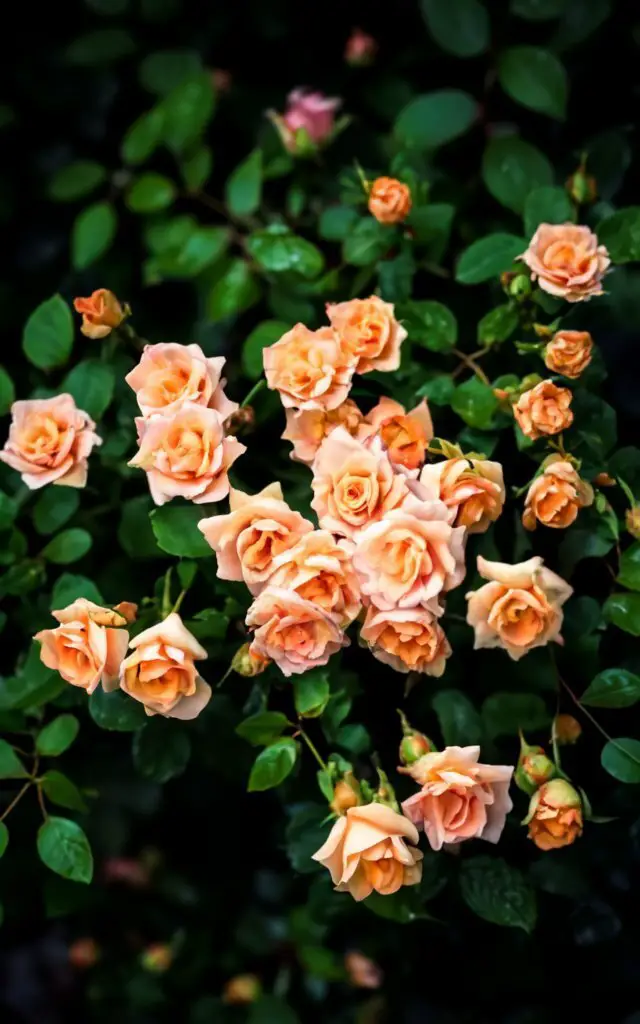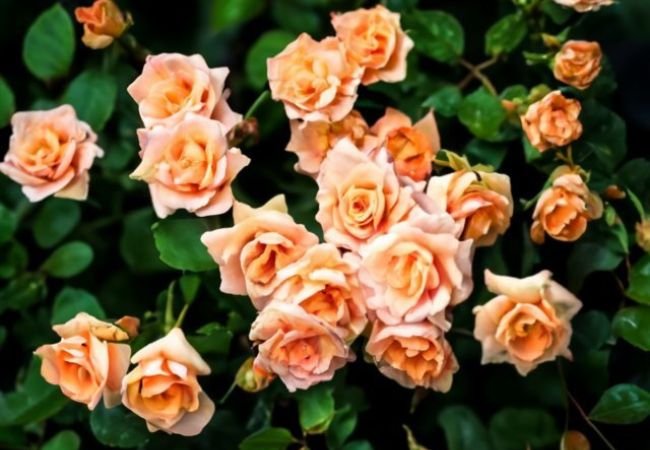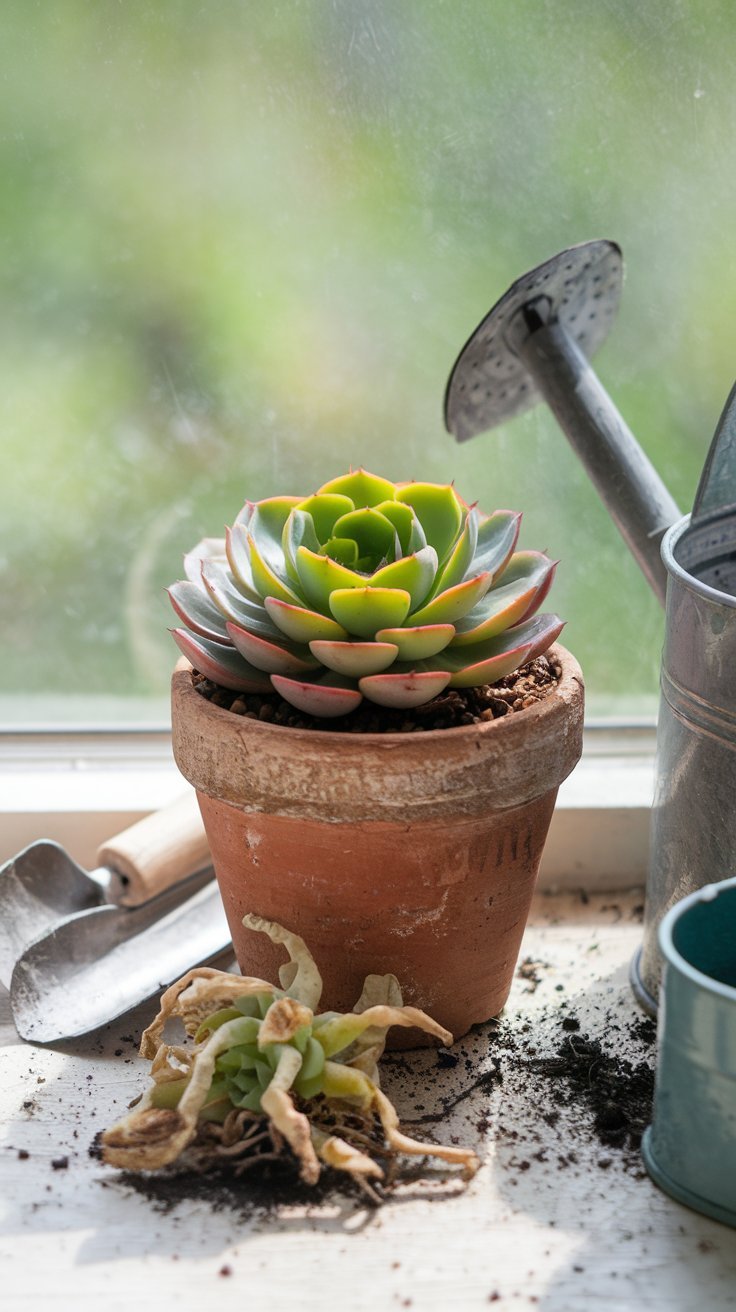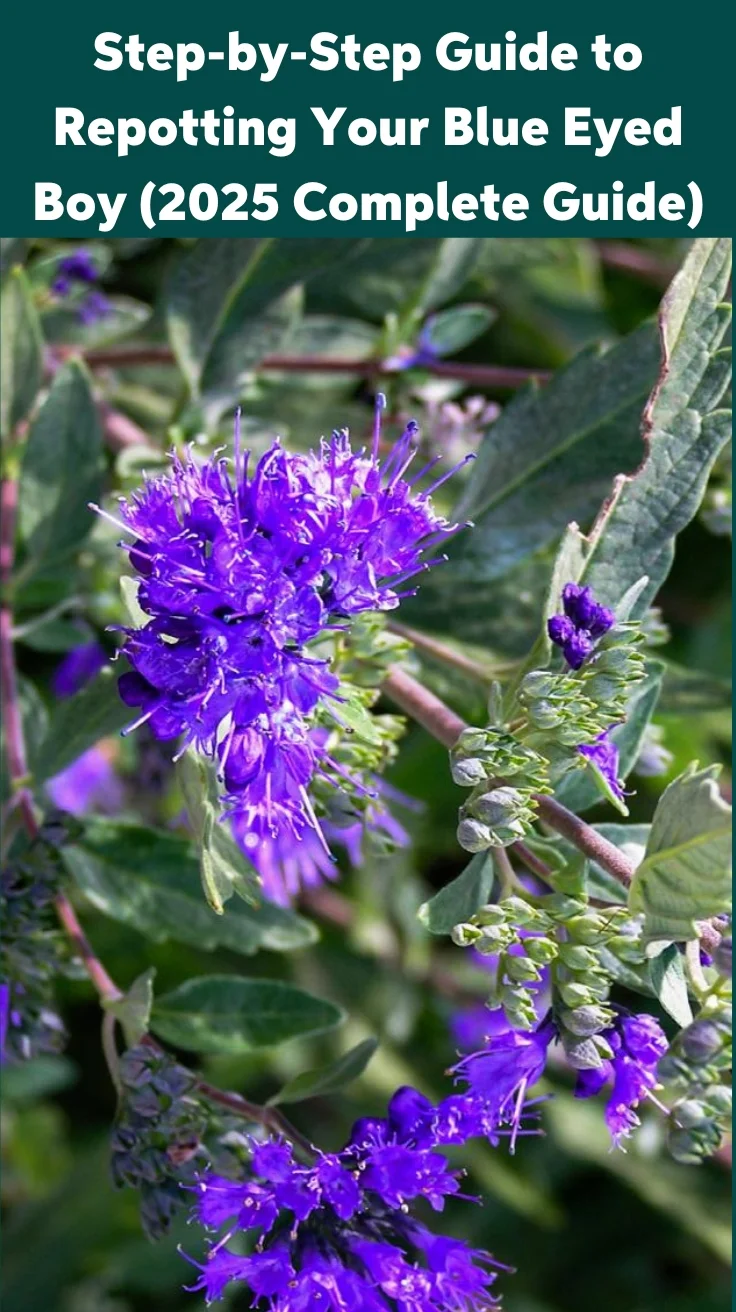Discover everything about growing and caring for the unique Creeping Goldilox Rose. Learn tips for planting, maintenance and how to use this delightful ground cover to enhance your garden landscape.
The Creeping Goldilox Rose, with its dainty flowers and spreading habit, is a delightful addition to any garden. This low-growing rose variety combines the beauty of traditional roses with the practicality of a ground cover plant. In this guide, we’ll explore everything you need to know about growing and caring for this charming flower.
What is Creeping Goldilox Rose?

The Creeping Goldilox Rose, sometimes called the Fairy Rose, is known for:
- Low, spreading growth habit
- Small, delicate blooms
- Repeat flowering throughout the season
- Hardy nature and disease resistance
Growing Conditions
Sunlight Requirements
Creeping Goldilox Roses thrive in:
- Full sun to partial shade
- At least 6 hours of direct sunlight daily
- Protected areas with good air circulation
Soil Needs
These roses prefer:
- Well-draining soil
- Slightly acidic to neutral pH (6.0-7.0)
- Rich in organic matter
Climate Considerations
- Hardy in USDA zones 4-9
- Can tolerate various weather conditions
- Performs best in moderate climates
Planting Your Creeping Goldilox Rose
When to Plant
The best times to plant are:
- Early spring after the last frost
- Early fall to allow root establishment before winter
How to Plant
- Choose a suitable location based on sunlight and soil conditions
- Dig a hole twice the width of the root ball
- Plant at the right depth, with the graft union slightly below soil level
- Backfill with soil and water thoroughly
- Add mulch around the base, keeping it away from the stems
Caring for Your Creeping Goldilox Rose
Watering
- Water deeply and regularly during the first growing season
- Once established, water when soil feels dry 1-2 inches below surface
- Avoid overhead watering to prevent fungal diseases
Fertilizing
- Apply a balanced rose fertilizer in early spring
- Feed again after the first bloom cycle
- Stop fertilizing about 6-8 weeks before your first frost date
Pruning
- Prune in late winter or early spring
- Remove dead, damaged or crossing branches
- Shape to control spread and encourage compact growth
Winter Care
- Apply additional mulch for winter protection
- Consider using rose cones in very cold regions
- Reduce watering but don’t let roots dry out completely
Common Problems and Solutions
Pests
Watch for:
- Aphids
- Japanese beetles
- Spider mites
Solution: Use insecticidal soap or neem oil for organic pest control
Diseases
Common issues include:
- Black spot
- Powdery mildew
- Rust
Solution: Ensure good air circulation and avoid overhead watering
Landscape Uses
Creeping Goldilox Roses are versatile in the garden:
- As ground cover on slopes
- In rock gardens
- Along pathway edges
- In container gardens
- Spilling over retaining walls
Companion Planting
Pair your Creeping Goldilox Rose with:
- Lavender for complementary color and scent
- Catmint for contrasting texture
- Small ornamental grasses for year-round interest
- Spring bulbs for early season color
Propagation
You can propagate Creeping Goldilox Roses through:
- Layering
- Pin a flexible stem to the ground
- Cover with soil
- Wait for roots to develop
- Cuttings
- Take 6-8 inch softwood cuttings in summer
- Use rooting hormone
- Plant in a well-draining growing medium
Seasonal Interest
Spring
- Fresh foliage emerges
- First flush of blooms begins
Summer
- Peak blooming period
- Continuous flowering with proper deadheading
Fall
- May produce rose hips
- Some varieties show fall color
Winter
- Provides some evergreen coverage in mild climates
- Interesting branch structure
Special Features
Creeping Goldilox Roses offer several unique characteristics:
- Low maintenance compared to traditional roses
- Excellent for erosion control on slopes
- Can be used as a lawn substitute in some areas
- Attracts pollinators to your garden
The Creeping Goldilox Rose is a versatile and charming addition to any garden. Whether you’re looking for a ground cover, a low-maintenance rose, or simply want to add something unique to your landscape, this delightful plant is worth considering. With proper care and attention, your Creeping Goldilox Rose will reward you with months of beautiful blooms and year-round interest in your garden.
Remember, gardening is an ongoing journey of learning and enjoyment. As you grow your Creeping Goldilox Rose, you’ll discover the best practices for your specific garden conditions. Happy gardening!
For more gardening tips and plant care guides, visit usagardenhub.com.





